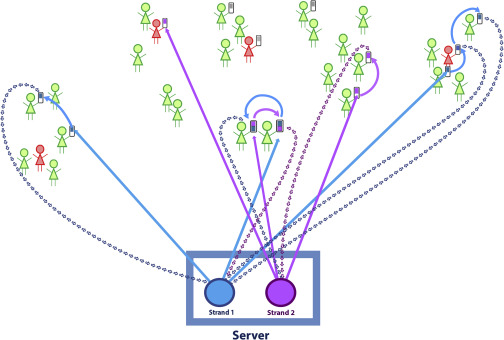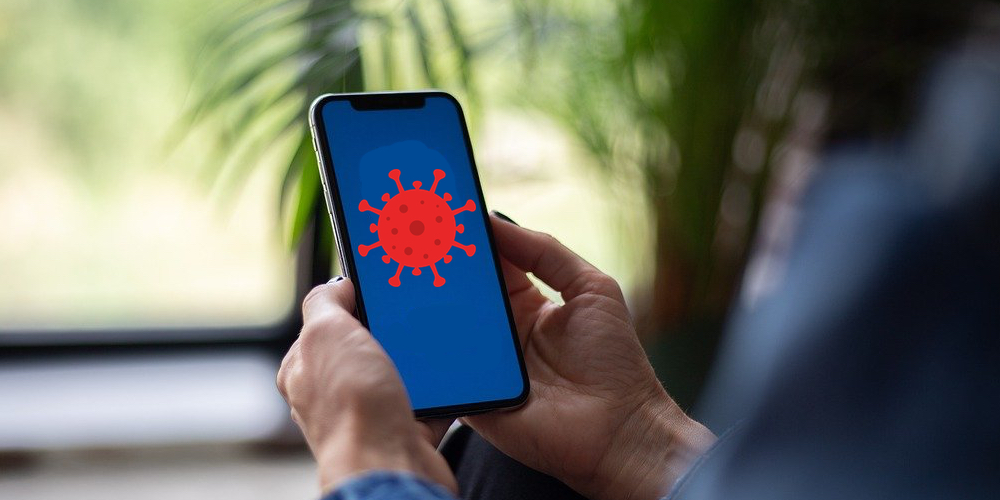In an effort to mimic the spread of coronavirus and understand the pattern, researchers have come together with new technology. A collaboration of researchers from the University of Queensland, the University of Melbourne, and the Massachusetts Institute of Technology (MIT) have developed a “virtual virus” that can transfer between phones to simulate the expanse of COVID-19.
Named Safe Blues strands, the virus-like virtual tokens disseminate and propagate between smartphones and other devices via Bluetooth. These virtual tokens have been devised to respond to social-distancing directives identically as the virus.
How Does Safe Blues Work?
The research paper published in the Patterns Journal explains that the virtual strands differ in their viral properties, like incubation times and infectiousness levels. The strands are calculated as active for a fixed duration on every “infected” smartphone. During that period, there remains a chance for the strand to spread to nearby devices. The chances of that happening increase whenever the device comes in close proximity with other devices.

Individuals of the population with Safe Blues-enabled devices take part in spreading Safe Blues strands. SARS-CoV-2-infected individuals are in red and others are in green. The Safe Blues system operates independently of the health status of individuals.
Likewise, when left in isolation, the chances of spreading become thin. The pattern of spreading has been modeled as per the COVID-19 directives, and it aims at offering a better understanding of COVID-19 transmission with more accuracy. The research paper also states that the number of devices infected can be tracked and measured in real-time compared to real-world virus spread.
Here’s an extract from the research paper:
Safe Blues offers a solution for real-time population-level estimates of an epidemic’s response to government directives and near-future projections.
The relationship between strand counts and the progress of the actual epidemic can be determined using machine learning techniques applied to delayed measurements of the actual epidemic. This then allows real-time data on the Safe Blues tokens to be used for estimation of the epidemic’s current and near-future state.
To aid in testing the virtual virus and get more results, researchers have also developed an Android app. This app will be available for a campus experiment to examine the program’s protocols and techniques. Researchers state that the technology can train advanced machine learning models in determining current and future SARS-CoV-2 infection numbers.
